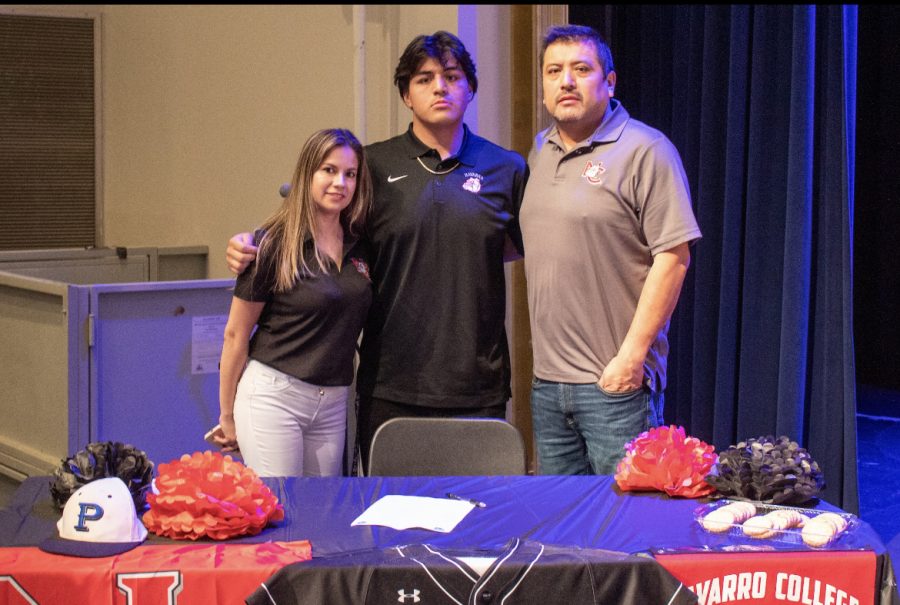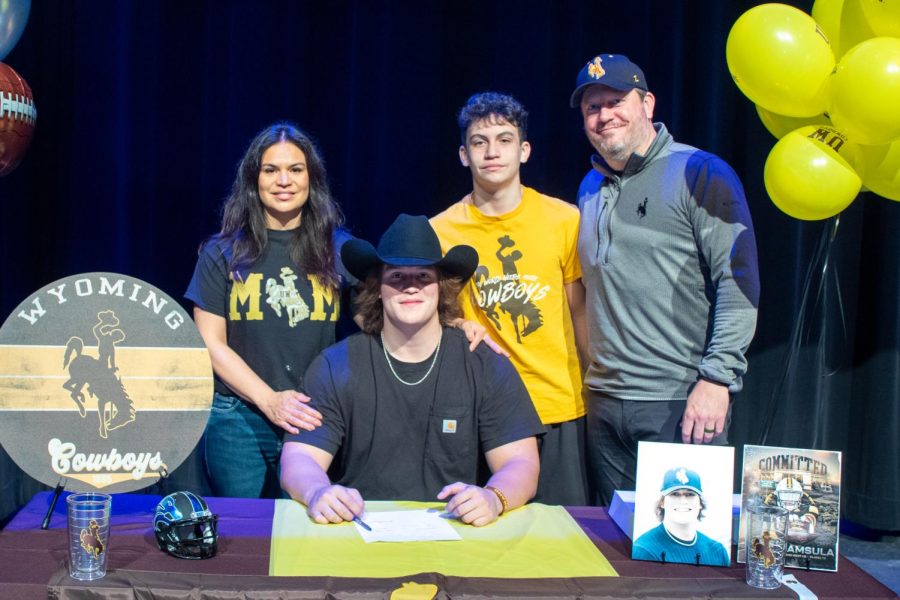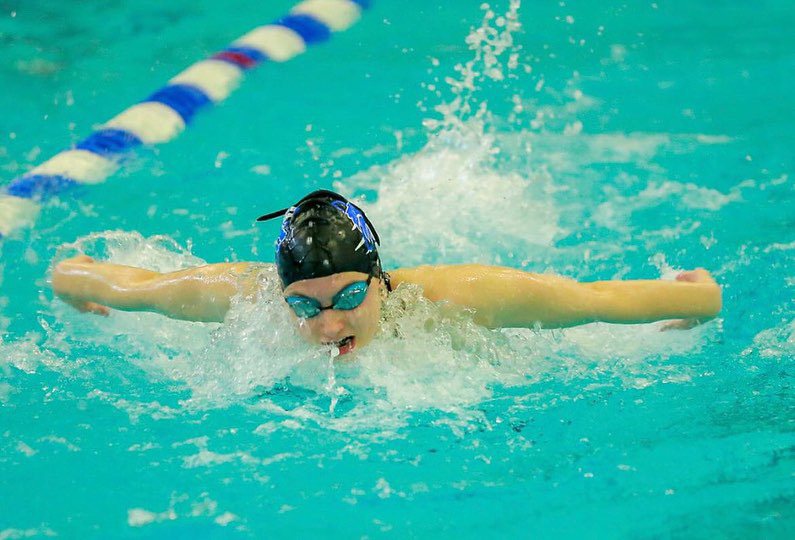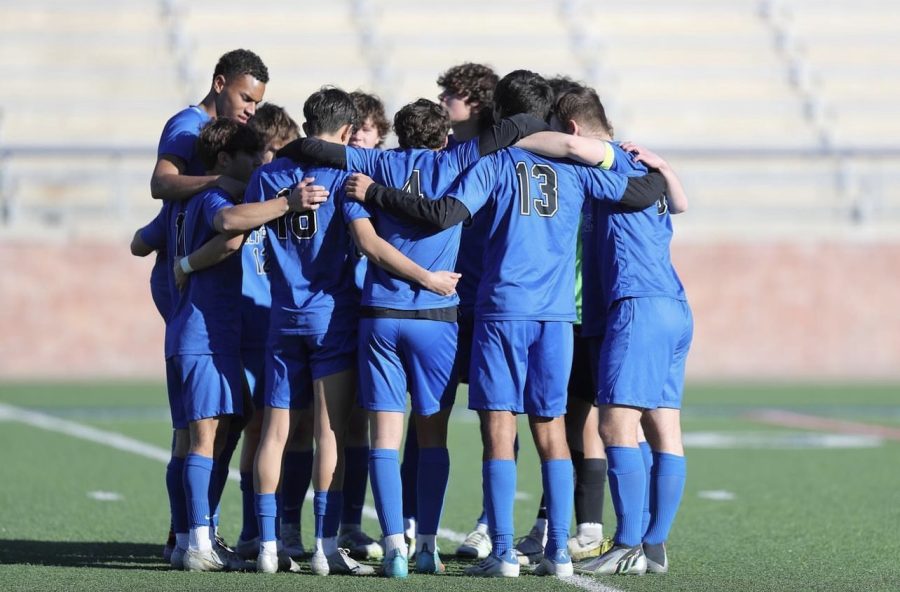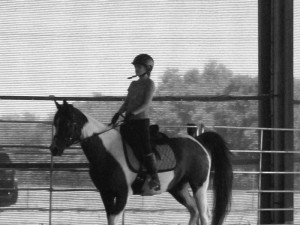 Equestrian sports are full of time-honored traditions and have been an element of society since ancient times. Modern ideas of horseback riding competition include English and Western style riding, rodeos and polo. In America, the sport has earned a reputation for agility, grace and fearlessness.
Equestrian sports are full of time-honored traditions and have been an element of society since ancient times. Modern ideas of horseback riding competition include English and Western style riding, rodeos and polo. In America, the sport has earned a reputation for agility, grace and fearlessness.
Junior Channing Stock has been horseback riding for seven years. She has trained with her horse Evie, a black and white Arabian-Pinto horse, for four years. Stock trains in an English style of riding known as dressage, one of the oldest disciplines of riding having roots in Renaissance and classic Greek styles. In dressage, riders lead their horses through a series of patterns on which they are judged. Events are known as tests and include a variety of levels and skills. Dressage focuses on technique and control instead of speed and strength, like some other styles of riding.
“You have to have a strong relationship with your horse,” Stock said. “A stronger bond will translate to better training and riding. Horseback riding has given me a sense of fulfillment and pride, especially when I work so hard at one specific skill and finally achieve it.”
Western style riding focuses on the skills and traditions of North American cowboys. Competitions often feature speed, livestock and strength. The biggest difference between Western and English riding is in the saddle. English saddles are small, lightweight and streamline. Western saddles are large, heavy and have storage capabilities to attach items such as lassos. Senior Cara Gordon has been training in show jumping an English style of riding, often called jumpers, for six years.
“English style horseback riding has more history than Western style, especially in the eastern side of the world,” Gordon said. “English was used for hunting and considered high-class, but now it is used for sports because the saddles are lighter. I chose English style because I wanted to get involved with jumping which is not possible with heavy saddles.”
Senior Dorian Nelson competes in Western style horseback riding in the rodeo event of barrel racing. She has been working with her horse Colton, a Paint, for six months. Nelson has lived and worked with horses since she was a child and understands the commitment horseback riding requires both during and outside of training.
“I’ve had horses my whole life, so I’ve been riding them since I was little,” Nelson said. “You have to take care of your horses and make sure they are clean, healthy and not injured. All the saddles and equipment have to be cleaned because otherwise they get too dirty and break.”
Junior Mackenzie Baldwin also competes as a barrel racer. Barrel racing is a competition of speed and agility characterized by tight turns around three barrels set up in a small clover-leaf pattern.
“I love barrel racing because it is fast and such a rush,” Baldwin said. “You have to work with your horse in a partnership and friendship. I love learning and training with the horses because you grow together and find what works best for both of you.”
Horseback riders are not as common as football, basketball or soccer players. That brings both pros and cons to the sport.
“I think it is cool that so few people ride horses,” Stock said. “It makes me feel like I have a unique ability. However, I wish people understood the sport better, so that I wouldn’t have to explain what I do.”
Equestrian sports redefine teamwork. Learning to work with and trust teammates proves to be a challenge for many athletes, but learning to work with and trust horses requires another level of dedication and patience.
“It takes commitment and willpower to be a horseback rider,” Baldwin said. “ You can’t be afraid to get dirty.”



